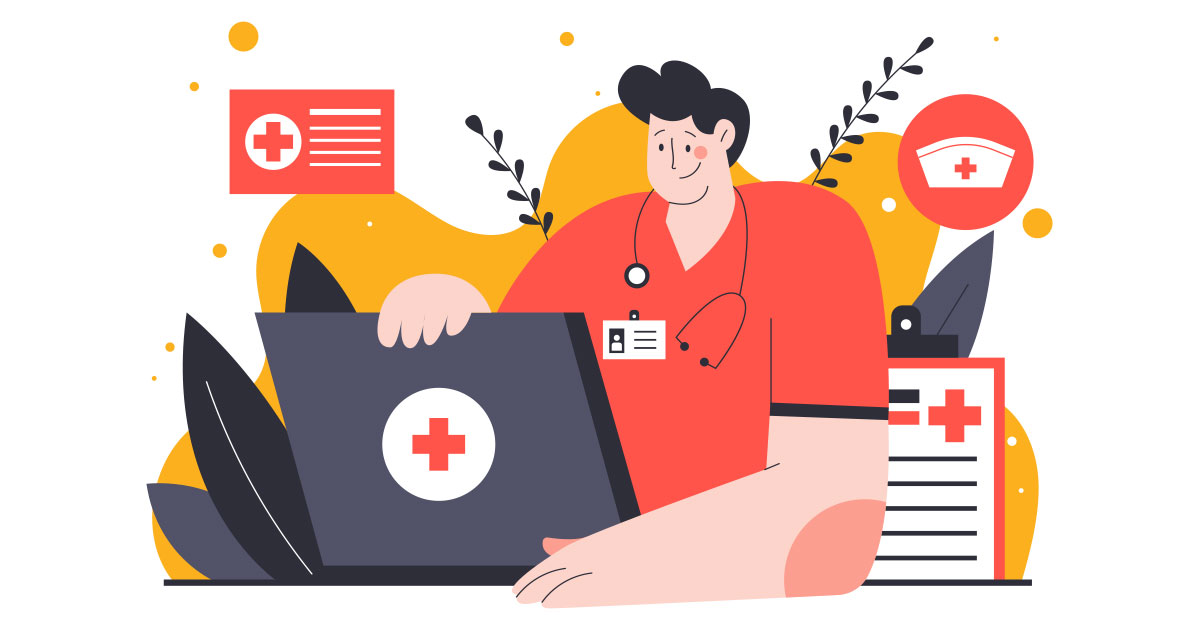- Create Custom, Comprehensive Programs
Successful programs do not just happen. And we cannot expect our clinicians to inherently know how to provide care via telehealth and coordinate work. We build programs that make sense for existing models, align workflows, and ensure the providers are properly equipped and trained. LT Telehealth has developed best practices to create proactive plans that consider the entire care continuum.
- Communicate Expectations and Get Buy-in
It is important to be transparent with onsite staff from the start. We need to make sure expectations are clearly communicated. Without buy-in from the onsite clinicians and support staff, there will be limited adoption of telehealth services. By explaining the care plan and making the process easy to implement, facilities experience less pushback and ensure a greater likelihood for telehealth utilization.
- Integrate Service Lines into the Planning Process
It is important to think of telehealth integration in terms of service lines or specialties. We need to meet the needs of each service line and determine how locum tenens clinicians fit within the overall staffing strategy. Too often service lines work in silos. A successful telehealth program can break down barriers and integrate specialty care across the continuum. With customized programs that factor in all relevant service lines, we can create solutions that are best for the patient and the clinician.
- Lead Program Development with Quality and Safety
We put quality and safety first. To do this, we need easily replicated and defined processes and procedures that leave no ambiguity for the providers. By reducing variation, we lower the potential for human error.
- Eliminate Coverage Gaps with a Focus on Continuity of Care
Perhaps the biggest advantage of telehealth services is the ability to scale and provide access to a qualified provider. We need to account for physician availability and continuity of care in our planning. By creating a system that takes a holistic view of clinician scheduling and ensures there are no coverage gaps, we provide a network that enables our patients get the right care at the right time.
- Cultivate Communication Between Telehealth Physicians and Onsite Staff
Communication is critical to deliver excellent patient care. Within our onsite and telehealth programs, we need to guarantee the successful transfer of information throughout the care process, regardless of location. This flow of information leads to greater accountability and minimizes the potential for gaps in care.
- Implement a Single Point of Contact with Telehealth Partner
Clinicians and support staff are busy and need a streamlined process for communication. For this reason, LT Telehealth has a single point of contact assigned to each site which ensures questions get answered and virtual care is delivered in a timely manner.
Implementing a telehealth solution is a complex process. It is critical to look holistically at your processes and staffing model, then develop a customized plan that addresses your unique needs. These seven tips are just the beginningwhen it comes to what we have learned and the solutions we create for our clients.
If you have questions or have a telehealth need, do not hesitate to contact LT Telehealth at 800.562.8663.

About the author
Pamela Ograbisz
Vice President of Clinical Operations
Pamela Ograbisz, Associate Vice President of Telehealth for LocumTenens.com. With 20 years of experience in cardiothoracic surgery and internal medicine, she is passionate about delivering quality healthcare in a timely manner. Dr. Ograbisz is confident that telehealth programs are the key to improving health and the overall patient experience.





